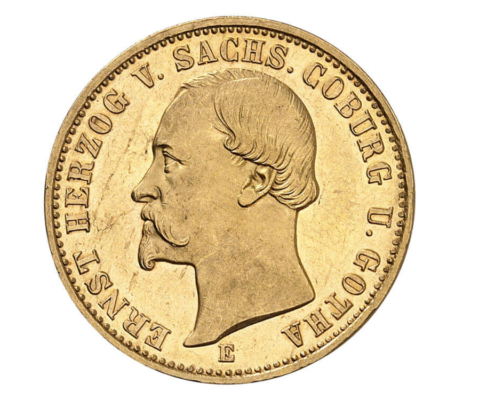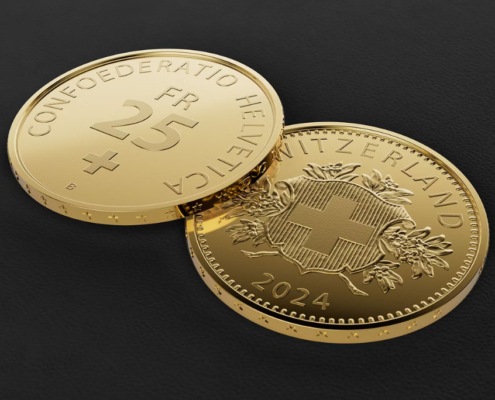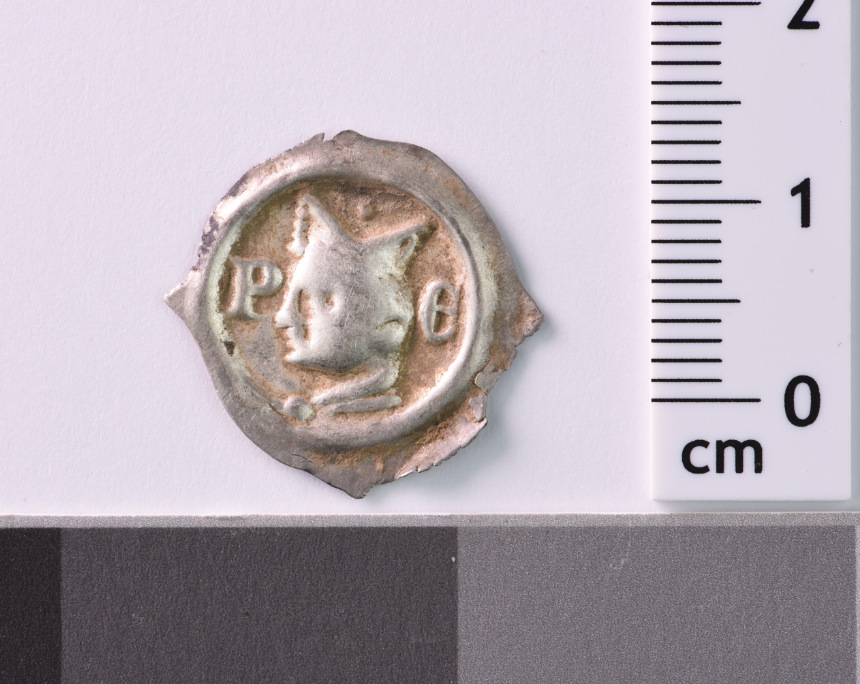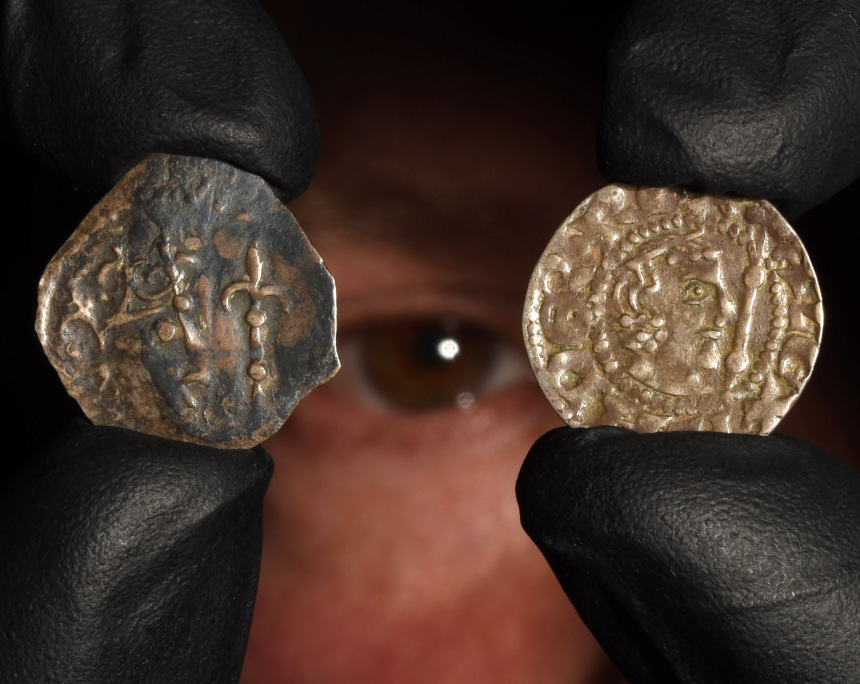Friedrich Wilhelm, the Great Elector.
Ducat 1686 LCS, Berlin.
Extremely rare.
Attractive piece.


Maximilian II.
Ducat 1855.
Only a few pieces are known.
Extremely fine-uncirculated.

Ferdinand Albrecht I.
Löser in the weight of 4 Reichstalers 1670, Clausthal.
Extremely rare.
Attractive piece.

Friedrich Adolf.
5 Ducats 1711, Detmold.
Only known piece.
Extremely fine-uncirculated.

6 Ducats, n. d. (1765-1790), with the title of Joseph II.
NGC MS 62 PL.
Extremely rare.
Attractive piece from polished dies.
Almost uncirculaed.

Johann Adolf, 1590-1616.
Portugalöser (10 ducats) n.d., Eutin.
Extremely rare and of particular
significance in monetary history.
Attractive piece.

Leopold I, 1657-1705.
20 Ducats, n. d. (after 1666), Hall,
by M. König.
Extremely rare.
Almost extremely fine.

Archive: People and Markets
Medieval Coin Hoard Found in the Black Forest
In Southwest Germany, a significant medieval coin hoard was recently discovered, consisting of ca. 1,600 coins from the period around 1320 AD. The coin hoard is said to be the largest one found in South Baden in 75 years.
£50,000 Reward for Clues on Stolen Scottish Coin Collection
Until today, the 2007 theft of the Lord Stewartby Collection, one of the finest private collections of Scottish coins, remains unsolved. Crimestoppers and the Hunterian Museum in Glasgow are now offering up to £50,000 for information leading to the conviction of those involved.
Archive: Coins, Medals and more

From Taler to Mark: The Long Road to a Common Currency
As Germany gradually evolved into a nation-state in the 19th century, the many currencies that circulated in its territories were also unified step by step. Coins from the Duchy of Saxe-Coburg and Gotha in Künker’s auction 388 illustrate the long path from the taler to the mark.

25 Francs in Gold: Swissmint’s New Gold Coin
Since 2022, Swissmint has been issuing 25-franc gold coins. The latest release is a tribute to the history of Swiss gold coinage, combining elements of the first 20-franc piece and the enigmatic 1955 issue, which never entered circulation. And Swissmint also has some interesting plans for the future, as Ursula Kampmann discovered.













NYINC: The Favourite of All Those Who Love Ancient Coins
Why is the New York International Numismatic Convention the top place to go when it comes to ancient coins? Ursula Kampmann has the answer and explains what will be new and different in New York in 2024.
CoinsWeekly Special Issue for the Evento Numismático International Madrid 2025
On the occasion of the 2025 Evento Numismático International in Madrid, we are once again publishing one of our printed CoinsWeekly Special Issues, this time in Spanish. Read all about the Traveling Emperor Hadrian and his coinage.